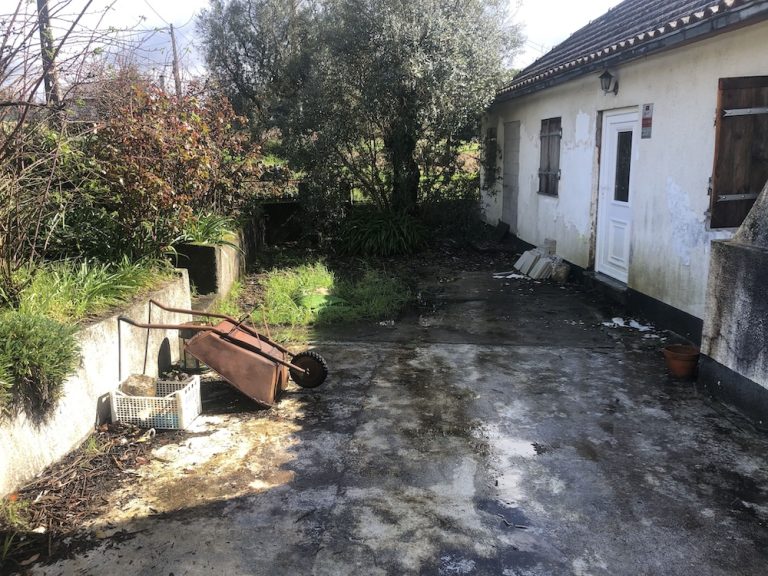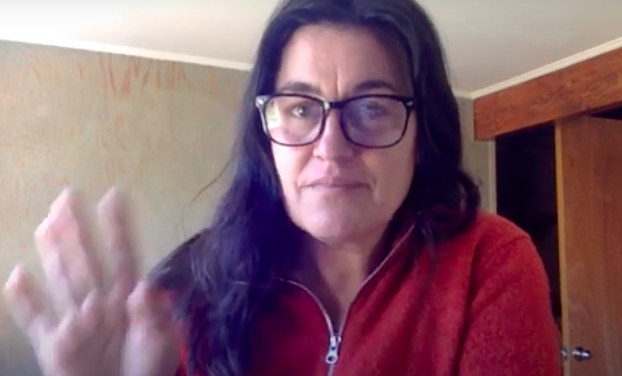
Portugal Farmhouse and Food Forest
Life has been very full with renovating the abandoned farm I bought in Portugal in Feb 2024. Here's an update on how it's going.

Life has been very full with renovating the abandoned farm I bought in Portugal in Feb 2024. Here's an update on how it's going.

Let's talk about mental health as a component of the ecological design process.

Let's talk about how "permaculture" is a myth without access to land, stable housing, and safe space.

Sharing about how distributing surplus helps us to connect with others in community and renewing my invitation to join us in these #freepermaculture spaces!

Musing about compost, chaos, fertility, and our collective resistance to change and/or attachment to the status quo. (We love change in the garden but fight it in our own lives!)
Establish a writing habit by doing it every day for 40 days. Original daily prompts included.